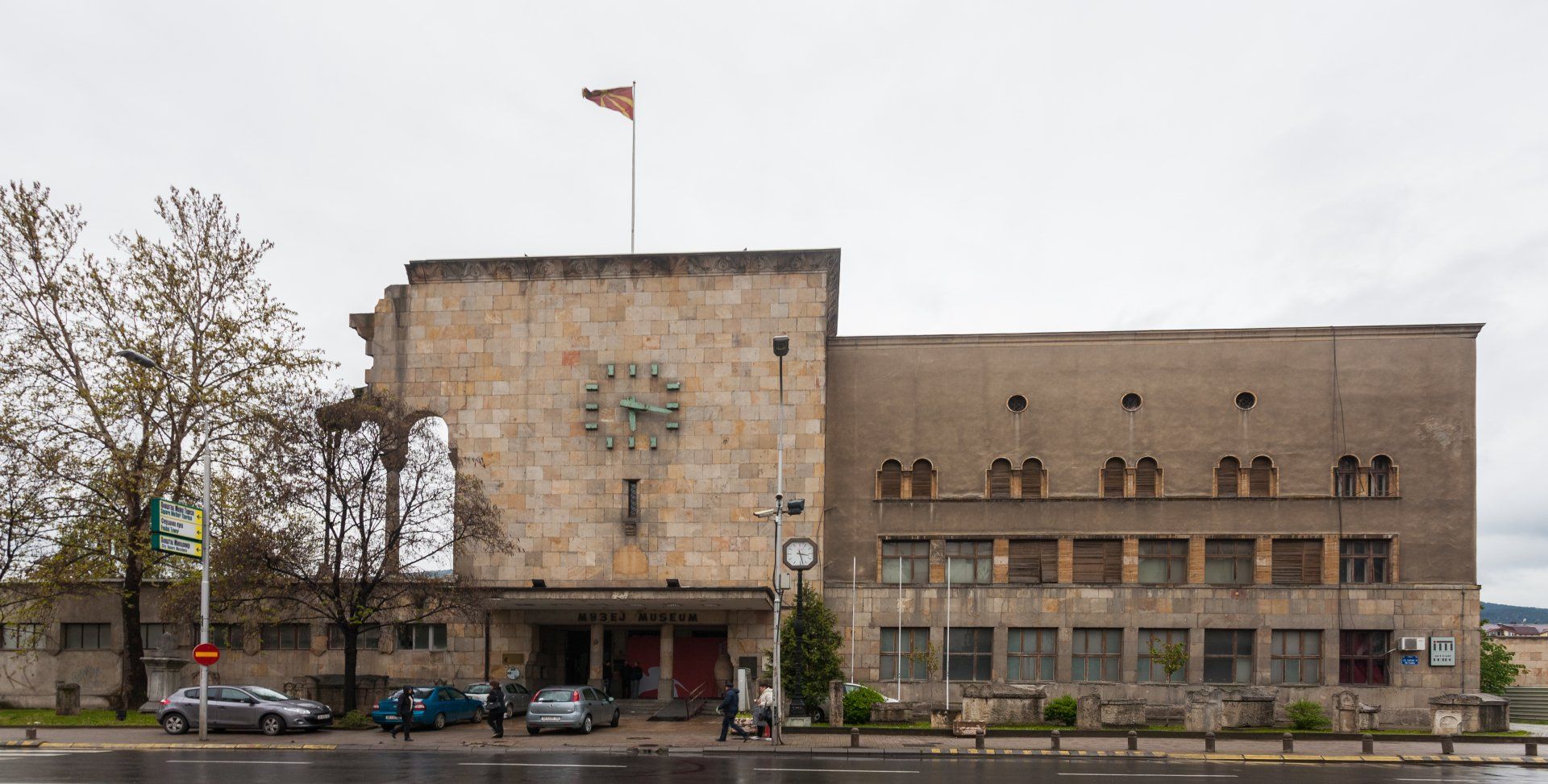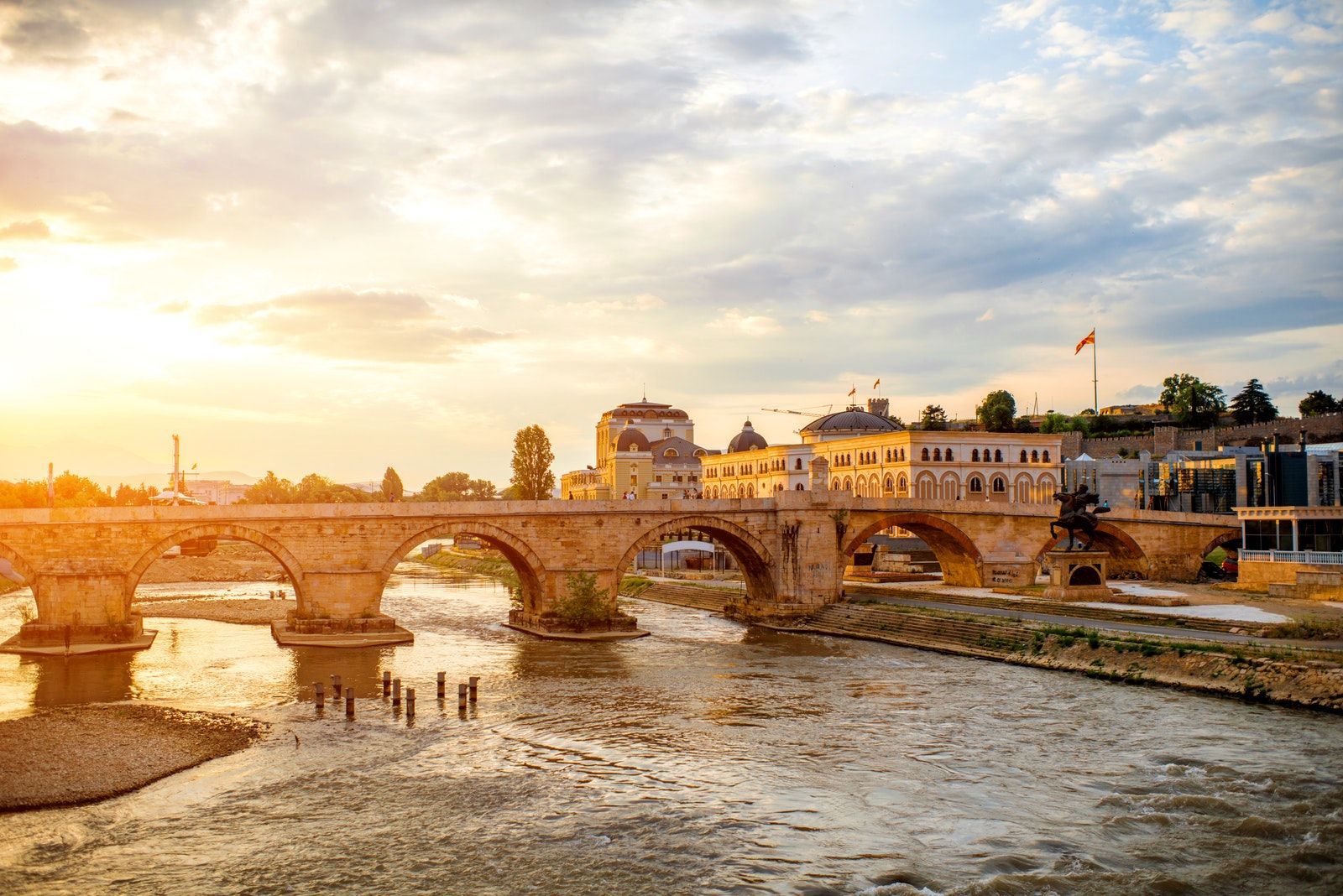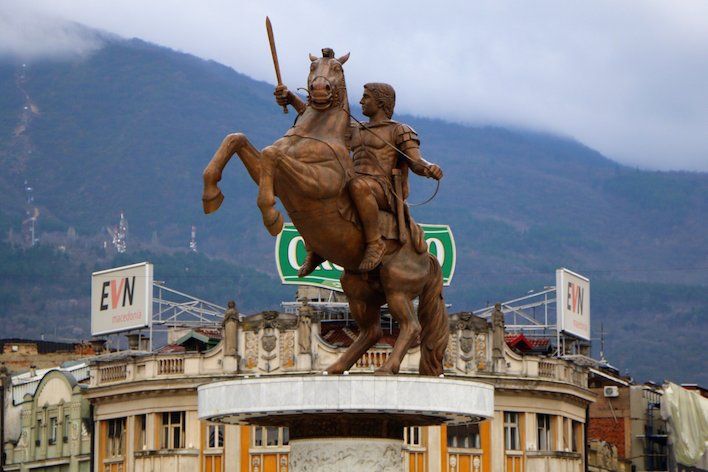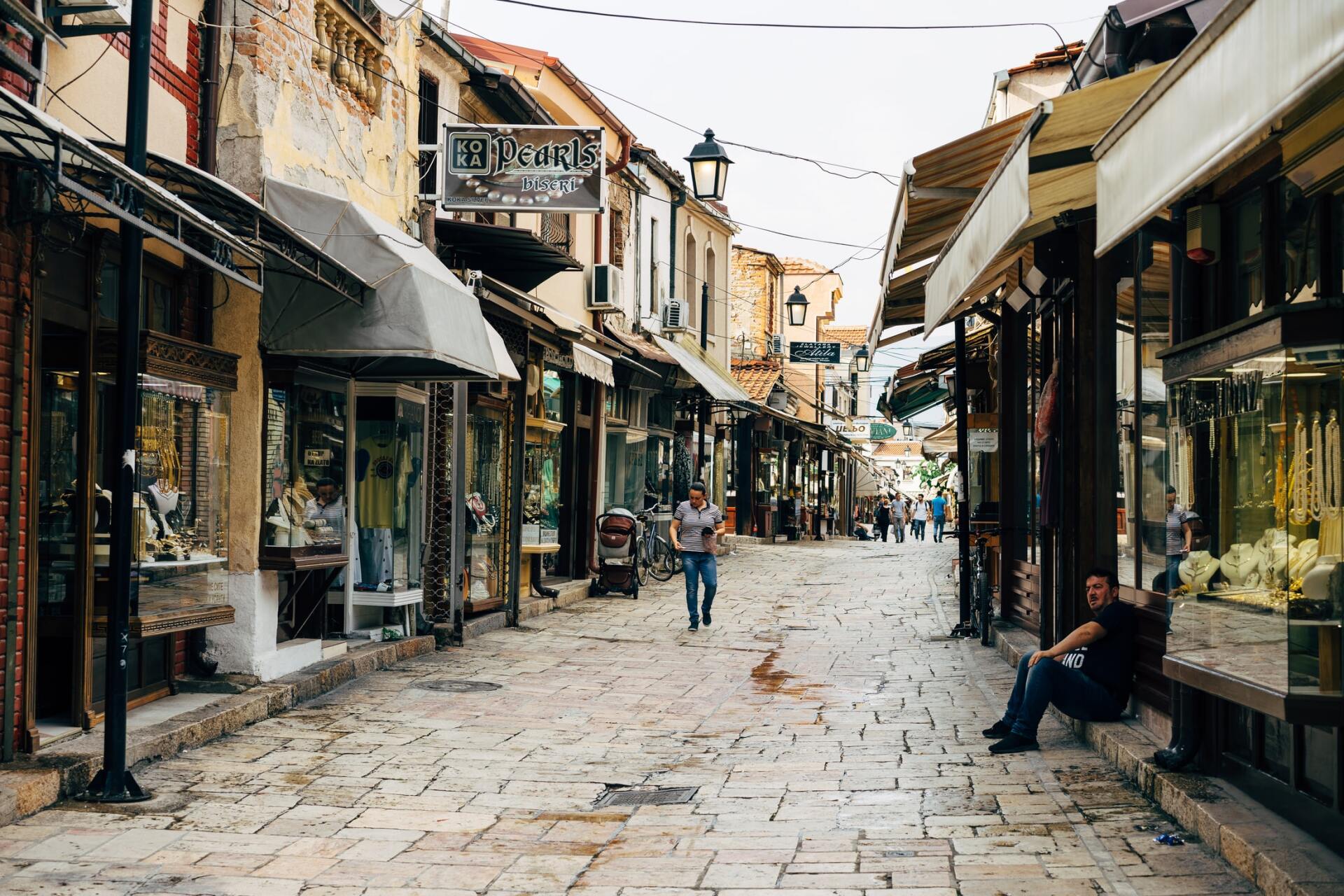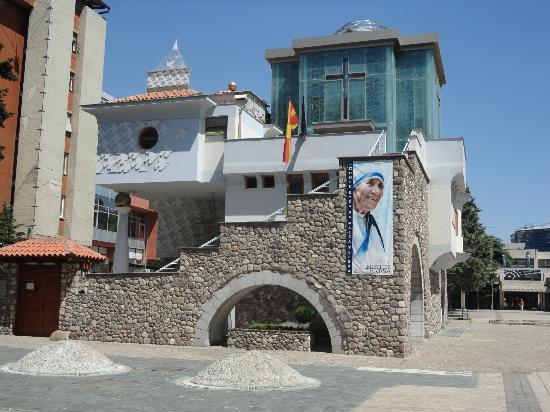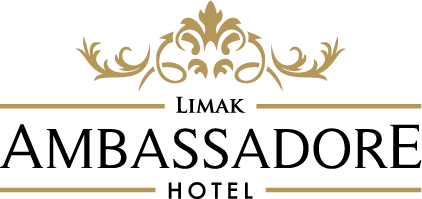LİMAK SKOPJE DELUXE HOTEL
CITY GUIDE
AROUND THE CITY
About Skopje
The capital of Macedonia is the city of Skopje. It is the largest city in the country and at the same time it represents an administrative-political, economic, cultural and educational-scientific centre. It is located in the northern part of the country, divided into two parts by the river Vardar. The city in the course of its existence, depending on the historical circumstances, was named by different names, and its ancient name is Skupi.
In the Byzantine documents, the city of Skopje was called Skopia, and the Slavs also referred to it as Skopie, Skopje or Skoplje.
During the reign of the emperor Samoil, the city belonged to the Samoil's kingdom, while in the later period it was under Byzantine, Bulgarian and Serbian rule. In 1392, the city was captured by the Ottomans and it was named Uskup. In 1962 due to heavy rains, the river Vardar flooded Skopje. The flood was an indication of the largest earthquake the city experienced.
Today, Skopje is considered a city of solidarity due to the fact that specifically with solidarity, the city managed to renew itself. The initial assistance to the citizens came from all Yugoslav republics at that period, and a few days after the earthquake aid and rescue crews from all over the world arrived. Exactly 87 nations in the world provided assistance and helped for the city to be built again.
Museum of the City of Skopje
Museum of the City of Skopje was founded in 1948.In 1970 it was housed into an adapted part of the old
Railway Station,object that has been protected as a cultural monument. Since then it functions as a complex
museum that embodies the fields of archaeology, history, ethnology, art history and the contemporary art in
the region of the city of Skopje.
South of the centre, the only interesting thing about the City Museum is its partly-ruined exterior.\
The clock is frozen at 5.17 on the morning of the tragic Skopje earthquake of 27 July 1963, and almost demolished
the city. The museum is home to permanent exhibitions representing the history of Skopje, from the first recorded
settlements around 3000 BC to present. Museum of the city of Skopje has four departments: archaeology, ethnology,
history and art history.
Skopje Fortress Kale
The Fortress Kale is located on the eponymous hill, in the very centre of Skopje, on the left bank of the river
Vardar and partly in the western part of the bazaar. According to the information so far, the area on which
today's fortress is located was inhabited since the prehistoric times, i.e. sometime around IV to III millennium BC. The fortress was again inhabited sometime around the 7th to 6th century BC. This settlement was protected by walls and existed sometime until the IV or III century BC.
Within the Skopje Fortress there are a large number of archaeological sites, where several researches
have been carried out. Significant archaeological excavations were carried out in the period from 1953 to 1967. The kale, similar to the Stone Bridge, is considered one of the symbols of the city of Skopje and is shown as an integral element on the coat of arms of the city.
Stone Bridge
The stone bridge on the river Vardar connects Macedonia Square on the right bank and the Old Skopje Bazaar on
the left bank of the river.
There are two different opinions about its existence. According to the first, it was built in the 6th century, shortly
after the catastrophic earthquake in 518, during the reign of Emperor Justinian I.
Today, the bridge is accessible only for pedestrians, but historically it was also used for traffic. It was
named "Stone Bridge" because it was built using crushed stone.
Alexander the Great Statue in Skopje
On 21 June 2011 the Republic of Macedonia erected the largest statue of Alexander the Great in the world. As cranes lifted the bronze statue on top of the pedestal, hundreds of Macedonians sang the national anthem and other patriotic songs, waving flags and shouting "Macedonia!" The equestrian bronze statue of the Macedonian king riding his horse Bucephalus is 14.5 m (47.6 ft) tall and weighs 48 tons. Alexander is depicted as brandishing his sward high in his right hand as if he had just given the command for an attack. His left hand is restraining his rearing horse Bucephalus. Symbolically he is facing east toward Asia, in direction of Persia. The massive bronze rests on top of a 10 m (32.8 ft) tall cylindrical column pedestal which is a centerpiece of a large circular fountain. The complete structure rises 24.5 meters (80 feet) into the skyline and dominates the Skopje downtown square "Macedonia".
Skopje Old Bazaar
The old Skopje Bazaar is a trade and cultural-historical part in Skopje and one of the city's biggest sights. The first documented data on the existence of a shopping center at the place of today's bazaar date back to the 12th century. Several mosques, turbes, two churches and a clock tower remain in the area of the Skopje Bazaar and in its surroundings. During the Ottoman rule with Skopje, the site quickly became the largest commercial part of the city. It contained about 30 mosques, numerous seraglios and inns, as well as other Turkish monuments. The Skopje Bazaar suffered great damage from the earthquakes of 1555 and 1963, the 1689 fire, as well as the two world wars, after which it was repaired several times. But despite the damage suffered, the Bazaar is the only monument of culture in Macedonia. It is evidence of the legacy of many cultures and civilizations that took part in its creation. For the development of the Skopje Bazaar through history, its cultural value and crafts that were present in the
area are evidenced by the objects exhibited at the Museum of the Old Skopje Bazaar, located within Suli an.
Memorial House of Mother Teresa
The Mother Teresa Memorial House is dedicated to the humanitarian and Nobel Peace Prize laureate Mother Teresa.
Teresa was born Anjezë Gonxhe Bojaxhiu which means "rosebud" or "little flower" on 26 August 1910 n Skopje.
She was baptised in Skopje, the day after her birth. She later considered 27 August, the day she was baptised, her "true birthday".
Her hometown is Skopje, where she lived from 1910 to 1928.
The memorial house is built on the popular Macedonia Street in the city Centre, on the same location of the once Sacred Heart of Jesus Roman Catholic Church, where Mother Teresa was baptized.
Since the opening of Memorial House in 2009 until today the number of visitors ranges from 80.000 to 100.000 per year.
Manage Your Bookings
Enter your reservation code and PIN to view or cancel your stay — quick and secure.






